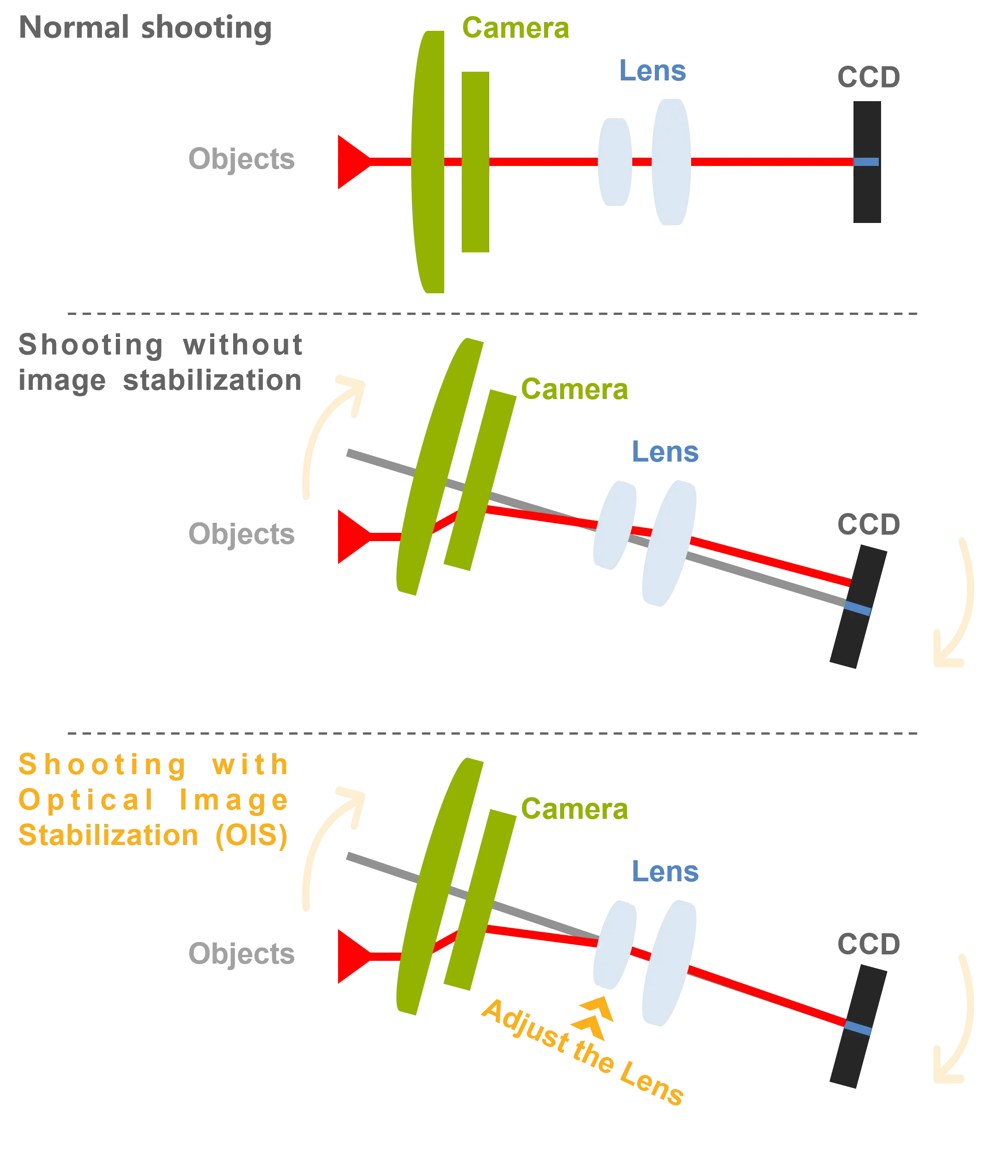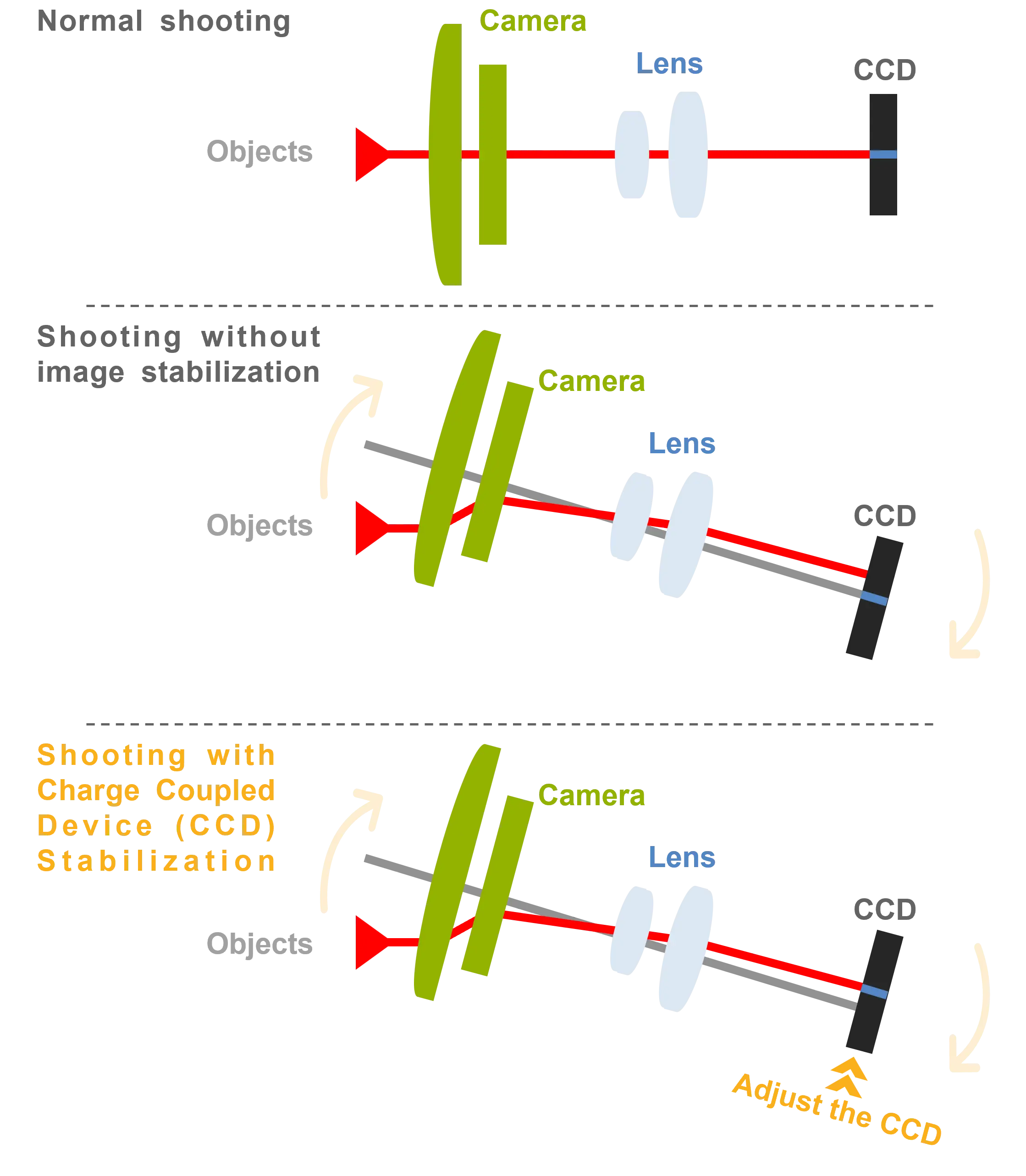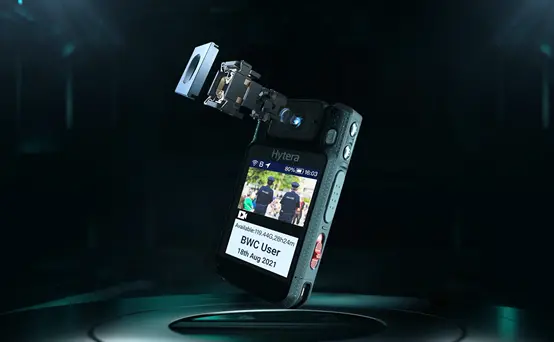BodyCam with Micro Gimbal Stabilization Technology is Your Best Choice
How to maintain the stability of the video is an important consideration when choosing a body worn camera. Micro Gimbal Stabilization is a relatively advanced technology now. The bodycam with Micro Gimbal Stabilization technology can provide both stable, shake-free video footage and sharp still images even when the user is running fast. What is Micro Gimbal Stabilization? And how does it benefit you? Why does it have a powerful anti-shake performance? We will try to clarify these points and how they can be beneficial to you.
What Is Micro Gimbal Stabilization
The MGS (Micro Gimbal Stabilizer) is a “mini-gimbal” structure. It is a tilting image sensor and a lens together, like traditional gimbals. This enables superb anti-shaking performance for wearable devices to take sharp images even in low-light environments. For example, this chicken head is like a video, the chicken body is like a device that shakes when you press the shutter, and the chicken neck is a floating anti-shake component. The anti-shake component reduces the shaking caused by the chicken body so that the video becomes more stable.

What’s the Difference Between Micro Gimbal Stabilization and Other Stabilization Technology?
Now the physical image stabilization is mainly divided into OIS image stabilization and CCD image stabilization. OIS is a hardware solution that uses a micro-electromechanical system (MEMS) gyroscope to detect movement and adjust the camera system accordingly. For example, if you are holding your smartphone and your hand moves slightly to the left, the OIS system will pick up on this and shift the camera slightly to the right. This, being a hardware solution, doesn’t require any cropping of the image, meaning that the phone uses a full sensor readout to capture the photograph. A byproduct of this is zero-distortion video since you don’t get the jelly effect that comes from digital stabilization.
(OIS image stabilization diagram)
CDD is to install the photoelectric sensor on the bracket that can float freely, and adjust the posture according to the shaking direction and amplitude of the fuselage to achieve anti-shake. This structure can avoid the influence of the OIS structure on the imaging effect. But it has high structural precision. If the lens is pulled from the wide-angle end to the telephoto end, its anti-shake effect will be worse.
(CDD image stabilization diagram)
Both OIS and CCD have shortcomings, and the anti-shake ability is also insufficient. The relative movement of the lens and the sensor will cause a large-scale loss of image quality in the non-central area of the screen. And Hytera has made breakthroughs in lens stabilization and launched the Micro Gimbal Stabilization bodycam-VM690 Pro.
The micro-gimbal stabilization adopts an integrated lens design and the built-in micro-gimbal multi-axis anti-shake. The lens and the sensor are tied together for anti-shake processing, and the sensor automatically compensates for the tilt angle of the lens during the motion to reduce image shake. There is no relative displacement inside the micro-gimbal module. No matter how you move, the image quality at the edge will not be lost, just like installing a gimbal tripod for the entire camera.
Get Super-smooth Stable Video Evidence
Micro Gimbal Stabilization can bring a stable anti-shake effect without cropping the picture and without losing the image quality. Then let the entire lens module move together to offset the jitter. The micro-gimbal structure can realize three-dimensional rotation, which offsets the blurring caused by mobile phone jitter in most cases, just like putting a professional gimbal into the body-worn camera. The built-in MGS module takes the image enables high-quality images and videos. No matter whether you are walking or running, the body worn cameras can always capture steady, smooth, and high-quality videos.
The Clarity Is Better
With a stable micro-gimbal structure, it can offset most of the picture loss and insufficient light input caused by jitter. In terms of the camera, a more stable picture can bring a smoother video shooting effect. Compared with algorithms, post-processing of filters, etc., the improvement of image quality and light input brought by micro-gimbal is real. As a police officer/ law enforcement officer, you won’t miss any important details, and preserve certain kinds of evidence to tell the truth.
Hytera had already launched the VM780, VM580D, VM750D, and VM690 Pro body worn cameras. Hytera can provide a variety of products in different scenarios. The latest new bodycam VM690 Pro powered by innovative Micro Gimbal Stabilization (MGS), the camera shoots ultra-stable and clear videos if you are walking or running. The starlight technology enables the camera to produce vivid color images with more details, even in extremely dark environments. According to your different requirements and usage scenarios, you can choose the most suitable product from Hytera body worn camera portfolios.


